
By Richard NUNEKPEKU & Akua Karl OHENE-OBENG
In less than a decade, technological advancements in smart devices, access to the internet, and social media platforms have unlocked the creative potential of many individuals.
Today, anyone can create content by remixing viral clips, layering memes trending videos, or creating parody skits and sharing them across social media platforms for comic relief or commercial rewards.
In this explosion of digital creative expression, many are using viral clips or memes like Akwasi Boadi’s (Akrobeto) “Hmmm…. eeeeeeh, God have mercy upon us” to his “viewers, let’s watch this video” to complement their creations or underscore their comic undertones.
Potentially, these widely popular short videos or memes may be copyright protected, requiring express grants, permissions, or authorizations for their use in creating new social media content.
Therefore, without express grants, using these copyright materials by your favorite content creator may amount to an infringing use.
Hence, this article explores where the lines between accepted uses and copyright infringements may be drawn in promoting content creation and copyright protection in the digital era. Additionally, it offers some guidelines for understanding copyrights in such creations and proposes ways of enforcing breaches.
Copyright – An IP right and asset
Creative expression is at the heart of intellectual property rights. Copyright, a key IP asset and right protects original works fixed in tangible mediums such as music, videos, literary works, etc.
Except for limited use in cases considered as fair use, copied works without the consent or approval of the original owner will amount to an infringement and have no copyright protection.
Works capable of copyright protection must not necessarily be professionally produced or created. Therefore, short videos recorded with smart devices, as long as they reflect the original creative expressions of their creators, are protectable subject matters of copyright.
There is no requirement for aesthetic evaluation of the resulting works before asserting copyrights in them except for the assessment of originality and fixation in some form or shape.
While copyright registration is desirable for enforcement purposes, copyright law grants an automatic right once a subject matter work is created with full protection under the law. Hence, Akrobeto or any other social media influencer is not required to register their works to enjoy copyright protections.
Whether you are an amateur or content creator, copyright in your work grants you exclusive rights to reproduce the work, distribute copies to the public, perform and display the work publicly, and prepare derivative works, including remixes and adaptations in other forms and mediums.
Any act by others without permission, consent, and/or grant of license contrary to the exclusive rights amounts to an actionable infringement of copyright.
The law provides copyright owners with various enforcement options as remedies, including injunction, demand for damages and destruction of the infringing work, account for the infringer’s profit, and prohibition from using the infringing work, among others.
Digital tools and content creation
Today, digital tools have transformed content creation, democratizing the process and ways of creating and sharing content. In the process, they have enabled tools and platforms for everyone to showcase their talents and express creativity, reaching global audiences. Some of the opportunities enabled include:
Content creation and sharing: Today, even with the least skillset, one can still create viral content and become a social media star or influencer. The development and deployment of easy-to-use tech platforms have liberalized content creation and sharing across multiple channels and platforms.
Brand development and global audience: For creators, digital tools, particularly social media, have become powerful tools for personal branding and mileage.
With the help of these tools, creators can shape unique identities that reflect tailored styles, values, and social voices making it easier to stand out among others.
With time, content developed and shared on platforms such as Facebook, Instagram, TikTok, Snapchat, etc, attract loyal followers and a global community of supporters for the creator’s work.
Monetizing and Incomes: Digital media has powered creativity into full-time careers by allowing content creators to earn money on platforms like YouTube, TikTok, Instagram, and Facebook. The monetization opportunities through ads, sponsorships, etc., have created real financial reward programs for content creation.
These opportunities are compelling content creators to accelerate their work and develop engaging content. However, as they capitalize on these, many sometimes incorporate ideas, designs, works, or videos created by others.
This blending of creative works can sometimes lead to copyright issues, especially when the original creators’ sounds, videos, or artistic designs are used without permission.
Notwithstanding the risks of copyright infringements, digital tools have unlocked a new sector for creative expressions for fun and financial rewards deserving support to mitigate infringements of third-party intellectual property rights.
Preventing potential infringements
Content creators sometimes assume that the creative expressions of others, whether in the form of sounds, texts, or short skits, can be used without authorization.
However, using another’s work without express authorization may lead to copyright infringement. Thus, creators need to note these simple and effective ways to protect their works and respect the rights of others.
Document and register your works: Although copyright protection in Ghana is automatic upon creation, registration strengthens legal claims by creating a public record of ownership.
It is important to have creative work in a fixed and tangible form, whether written down, recorded, or saved digitally, and to keep detailed records.
Also, note the creation dates, times, and locations, and file any related correspondence or contracts. Adding a visual marker or watermark, such as the copyright symbol, the year, and the creator’s name, serves as a clear reminder of exclusive rights.
Obtain a license or seek permission: Licensing is a legal process that allows owners of copyright materials to authorize third-party uses under defined terms.
Licensing agreements clearly outline the permitted uses and protection against infringement claims. While securing a license through formal agreement is desirable, one could obtain permission or consent to use copyright materials through other forms such as in-person permissions, responses to messages, letters, or oral requests.
Regardless of the method, the purpose must be to obtain express consent from the owner for the intended use of copyright material. You must always secure permissions except for fair use instances before using the works of others.
- Monitoring and enforcing: Securing your work does not end at registration or licensing. It is crucial to monitor how others are using your work. Regular market monitoring helps spot unauthorized uses of your work. When you identify an infringement, take prompt action, either by sending a cease-and-desist letter or seeking legal advice to enforce your rights.
Enforcing copyright infringements – available legal remedies
Despite creators taking steps to protect their works and to respect the rights of others, Ghana’s Copyright Act 2005 (Act 690) has provided robust remedies designed to protect these creators and uphold their rights. Some of these legal remedies include:
Injunctions: This is usually the first line of defense or legal remedy to seek to protect and enforce your copyrighted work.
An injunction aims to prevent the unauthorized use of copyrighted work, essentially stopping individuals or other creators from infringing the copyright owner’s exclusive rights whilst the case is being resolved, preserving their value and integrity.
This remedy is particularly critical in the digital space, where viral content can spread rapidly, causing irreparable harm to a creator’s brand and revenue streams.
Damages for financial loss: When unauthorized use impacts a creator’s livelihood, claiming damages becomes essential. The courts assess financial losses based on factors like loss of advertising revenue, diminished sponsorship opportunities, or licensing fees the infringer avoided paying.
Account of profits: In cases where infringers profit from unauthorized content, the courts may order an account of profits, compelling the infringer to surrender earnings derived from the violation.
This remedy ensures that the infringer does not benefit unjustly at the expense of the content creator’s rights, effectively redirecting any undue gains back to the rightful owner.
Seizure and deletion: Another remedy available to content creators is the seizure and deletion of infringing materials.
The court can order that any unauthorized copies of the work be seized or permanently removed, whether they are held in physical form or hosted online. This remedy protects the original work’s value and reinforces the content creator’s exclusive rights.
Surrendering or disposal of copyrighted goods: A court may order the surrendering or disposal of infringing materials.
This legal remedy mandates that any unauthorized copies of a copyrighted work be permanently removed from distribution and sale.
The court’s directive ensures that infringing goods are either destroyed or rendered unusable, preventing further exploitation of the original work.
Criminal prosecution: In addition to civil remedies, the law also imposes criminal penalties for copyright infringement. An infringing person may be convicted and sentenced to prison, ordered to pay a fine, or both.
Some recommendations
We recommend the following as best practices to safeguard copyright protections and drive content creation in today’s digital era:
Proactive protection: Social media platforms like YouTube, TikTok, and Instagram should invest in advanced tools to detect unauthorized use of copyrighted works.
These platforms need to scan content proactively before it goes viral instead of waiting for reports of potential copyright violations.
Sharing infringement data with other applications can help create a blacklist for content creators who repeatedly infringe the intellectual property rights of others.
Educate creators on copyright: Social media platforms should provide simple guides or pop-ups with basic copyright information during uploading.
In addition, organizing seminars or workshops to educate content creators on copyright and intellectual property rights can help raise awareness.
Alerts or warnings should be issued on these platforms when users are about to post content that might infringe on copyright.
Enable creator-friendly licensing: Social media applications should include built-in licensing options that allow creators to set terms and ensure that original creators are credited during uploads.
Platforms should block advertisement revenue on infringing content where licensing is not obtained and redirect earnings to the original creator.
Transparency: Just as platforms offer opportunities to earn money, they should also provide original creators with tools to track where their work appears online. Transparency in usage data will help protect intellectual property rights and ensure fair recognition for creative work.
Strengthen legislation: Copyright laws on social media should be clear and strict. Content creators who claim others’ work as their own must face penalties. Enforcing stronger legal measures can help discourage copyright infringement and protect the rights of original creators.
Conclusion
Today, social media and technology have unlocked individual creativity at a scale never witnessed, increasing the need for intellectual property protection safeguards. Balancing creative freedom with the protection of copyright work has become increasingly challenging as everyone with a smart connected device has become a potential content creator.
Therefore, this article offers some signposts for understanding the rights of copyright owners, potential infringements and enforcement options, and best practices for ensuring the creative community continues to flourish in an environment where copyright is valued and protected.
?>Richard Nunekpeku is the Managing Partner of Sustineri Attorneys PRUC, a Technology Consultant, and is currently pursuing an LLM at Cornell Tech, deepening his expertise in Law, Technology, and Entrepreneurship. He is a recipient of the 2024 CALI “Excellence for the Future Award” for excellent achievement in the study of AI Law and Policy at Cornell Law School. He welcomes views on this article via [email protected]
Akua Karl Ohene-Obeng is an Associate at Sustineri Attorneys PRUC. Akua specializes in Property and Land law, Corporate and Commercial Transactions, Dispute Resolution, Labour and Employment, Intellectual Property Law, and Family Law. She welcomes views on this article via [email protected]
The post COMMENT AND ANAYSIS: ‘Viewers, let’s watch this video’: Content creation and copyright in the digital era appeared first on The Business & Financial Times.
Read Full Story


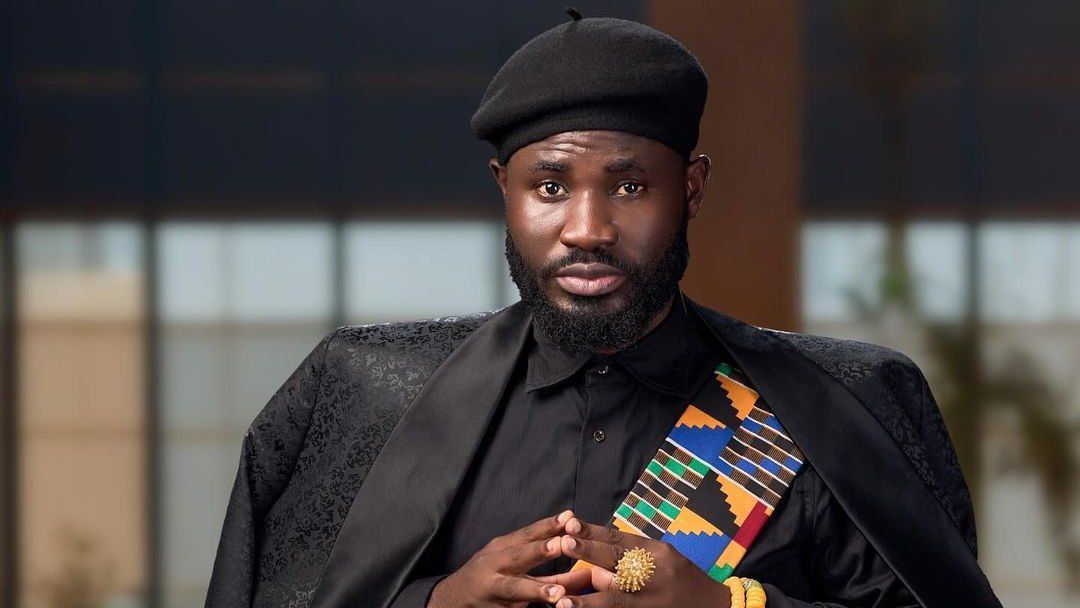

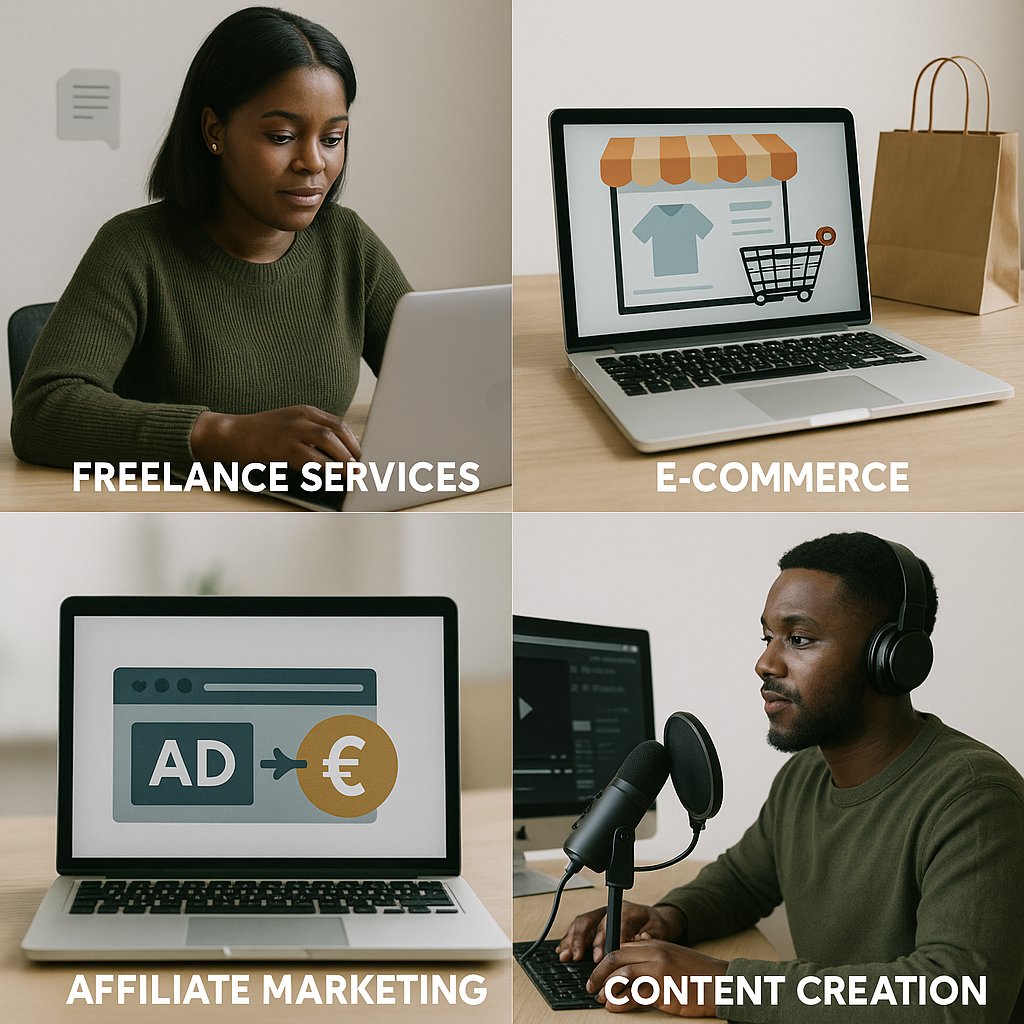


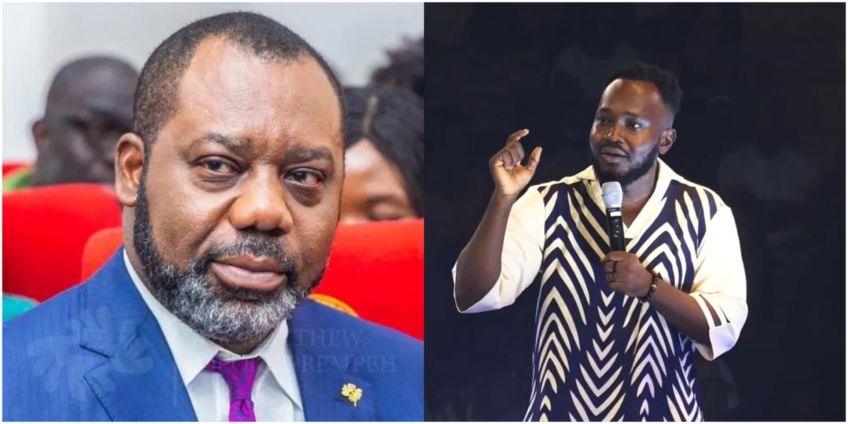
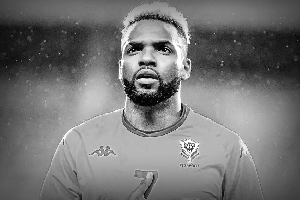

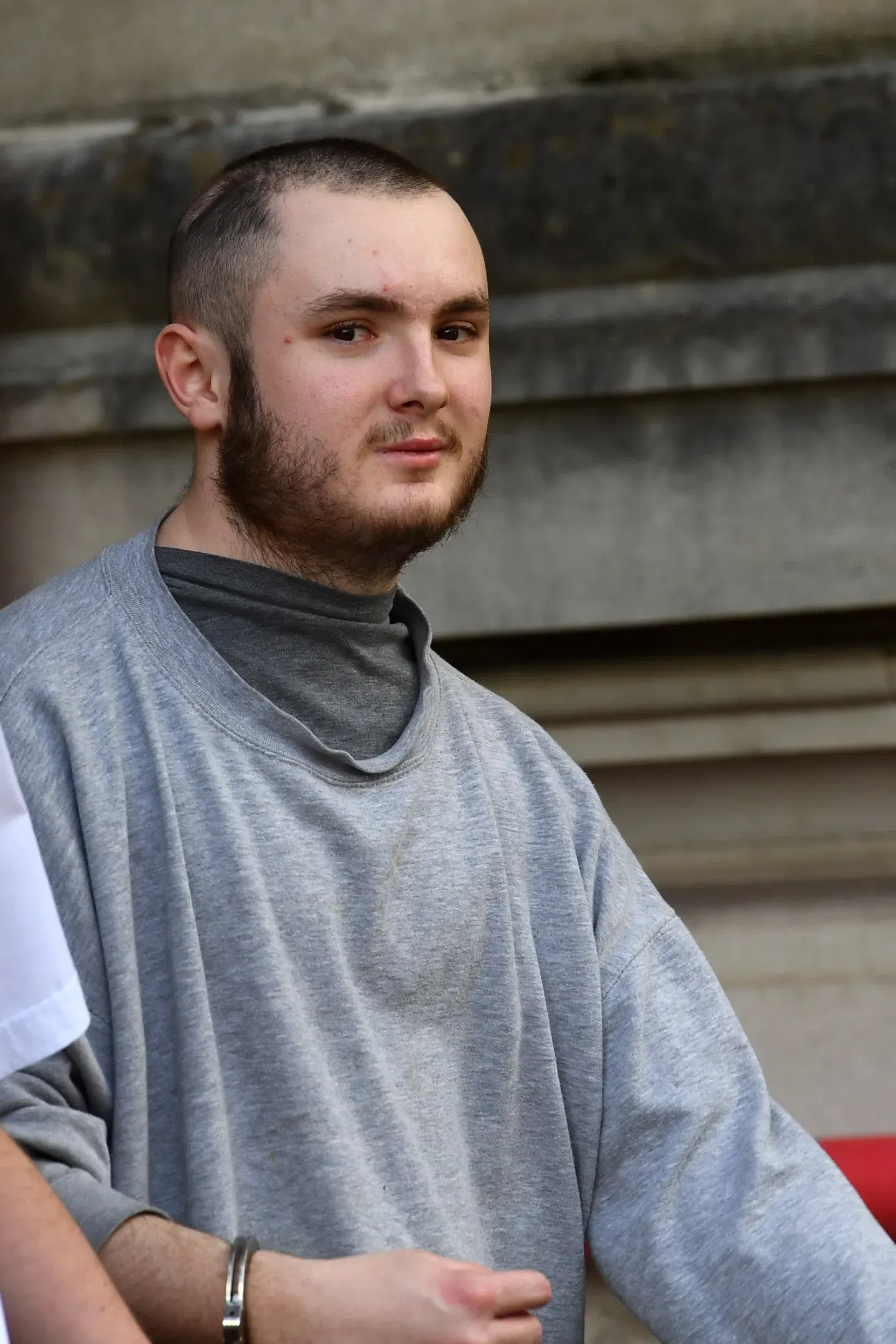





Facebook
Twitter
Pinterest
Instagram
Google+
YouTube
LinkedIn
RSS